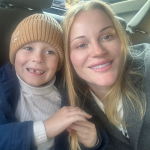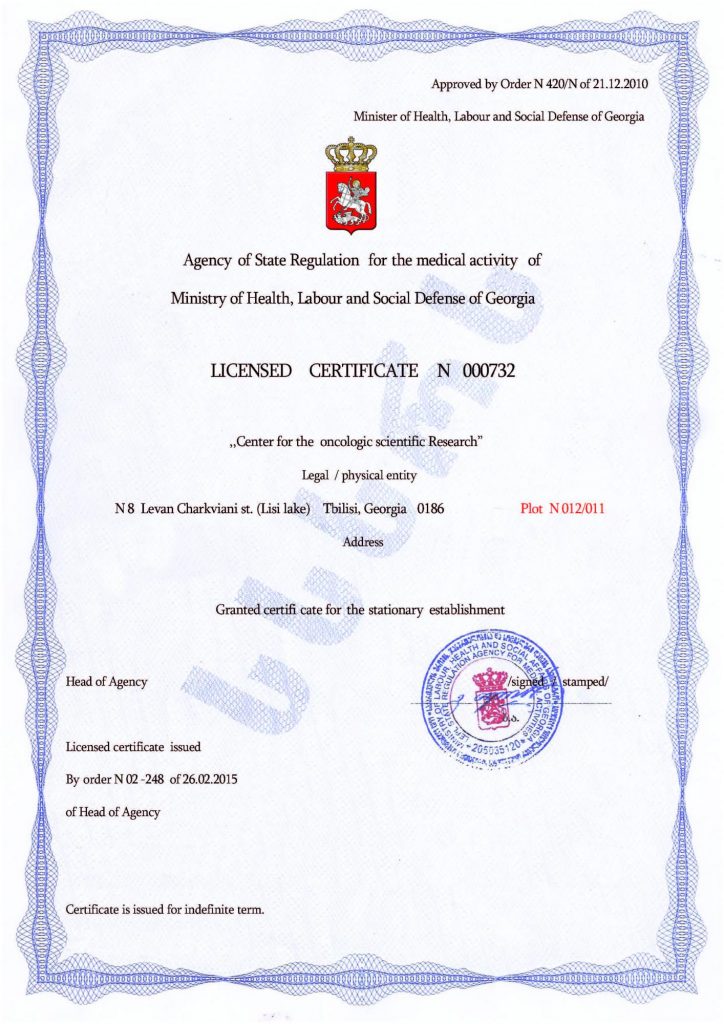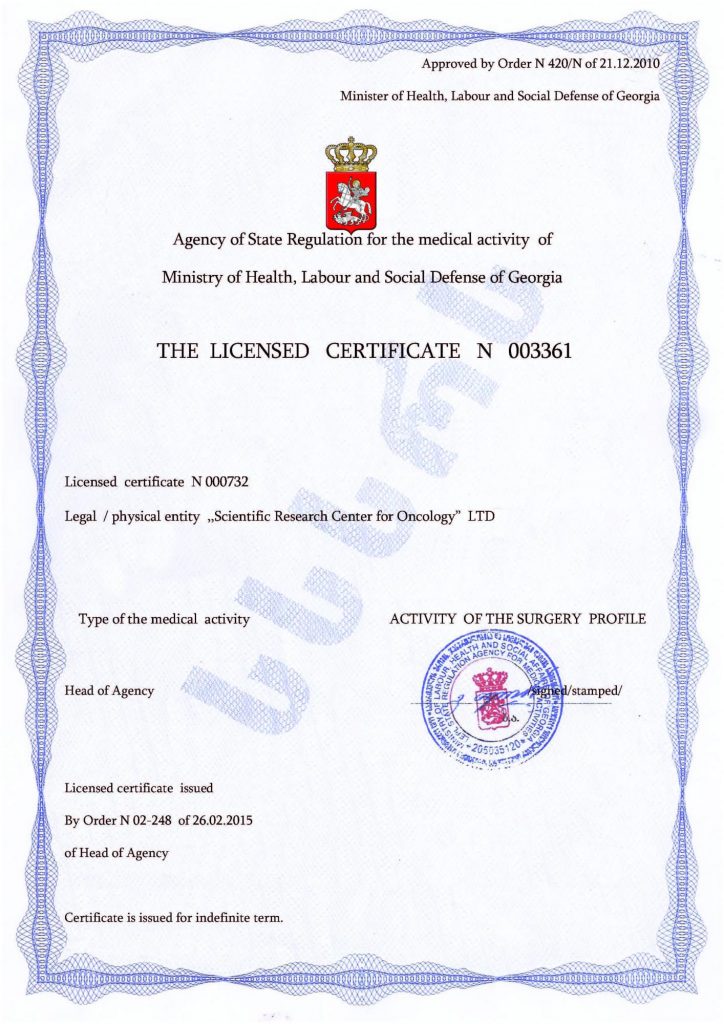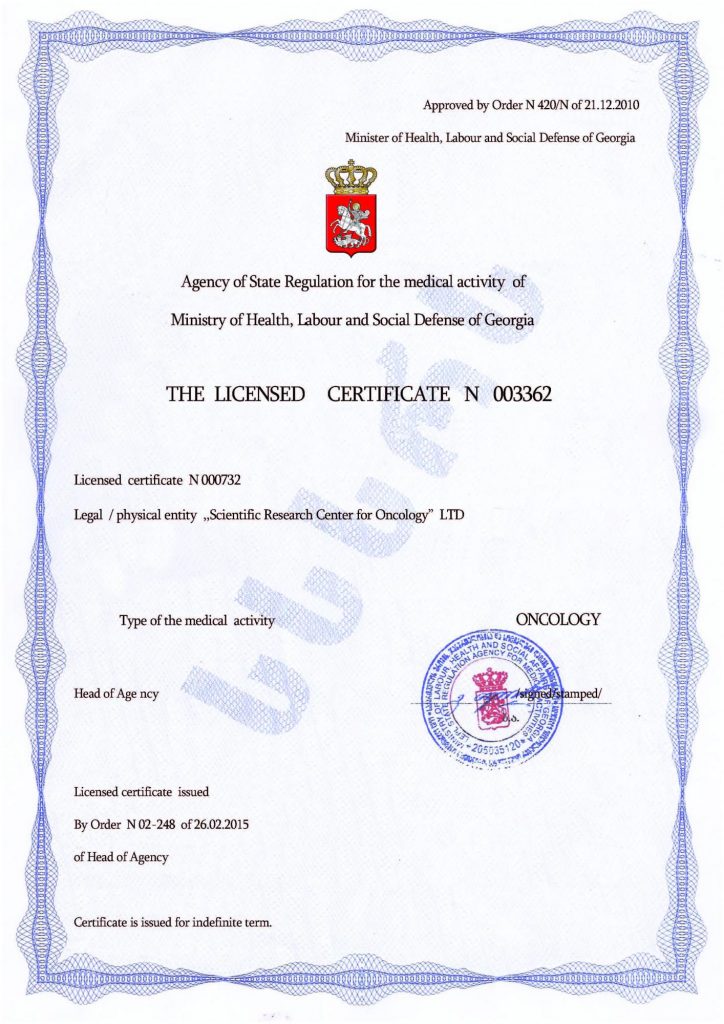Stims in Autism
What Are Stims in Autism?
Stimming is considered a truly autistic trait because stereotypic movements are common among many people with ASD. The term “stim/stims” is an abbreviation for “self-stimulating behavior.” These are repetitive movements without a specific goal—such as hand tremors, body swaying, jumping, head shaking, pencil tapping, etc.
Autistic children and people with neurotic pathologies have different stims, as they tend to be more frequent, intense, and non-standard compared to the generally accepted norms. In some situations, stimming can be dangerous, particularly if a child tries to harm themselves in any way.
Tips on How to Control Stimming and Turn It to the Benefit of Your Child
- Do not try to stop stims unless they pose a direct threat. Stereotypical movements can be a way for your child to calm down. Attempts to stop stimming may lead to the emergence of other unwanted forms of behavior.
- Try to determine the cause of stimming. For example, a child might not be able to adequately process sensory data. Sometimes children constantly bite or chew on things to get additional sensory input in the oral cavity. Offer different “chew” objects to transform the unwanted behavior into a more acceptable form.
- Stimming can be a way to shift attention. For instance, an autistic child may stim in a noisy atmosphere to disconnect from the chaos around them.
- Stimming can be countered through physical exercise, which provides new opportunities for sensory stimulation. Yoga, walking, running, skiing, skating, cycling, and other rhythmic, predictable movements can be particularly calming.
- Do not physically resist stimming or try to deter your child from it. Without offering an alternative, you may create grounds for new types of stimming or aggressive behavior.
- Use stimming as an opportunity for communication and learning. For example, if your child constantly bangs a block against an object, you could join in by doing the same thing but in a musical rhythm, helping them learn a new song.
How to Remove Stims in Autism with Psychological and Biological Methods
The psychological approach described above focuses on explaining the reasons for self-stimulating behavior to both the child and their parents, teaching them how to refrain from unnecessary stereotypical movements or use certain stims to normalize emotional states and support learning.
The biological approach involves correcting motor dysfunctions through physiotherapy and exercise therapy. Stem cell treatment for childhood autism spectrum disorder is also recommended for eliminating stims.
For example, this method is used at the Mardaleishvili Medical Centre, where it has proven effective in many successful treatment protocols. Children who underwent stem cell treatment for autism experienced a reduction in stims and many other symptoms of ASD. Experts note that this technology is significantly more effective than traditional methods of treating the condition across various parameters.
Strengthen the classical treatment of childhood autism with stem therapy to eliminate negative stims and enhance the therapeutic effectiveness of other procedures!
Autism Treatment Center Videos
Autism treatment with own stem cells
Cord blood association congress
International Quality Crown
Autism Treatment Reviews
Autism treatment with own stem cells
The story of Alessandro (6 years old)
Autism Patient Testimonial - Stem Cell Treatment
Clients Testimonials

Review by Anastasia, mother of Yusup (8 years old) Read More

Feedback from Nathalie, mother of Andre (9 years old) Read More

Feedback from Yulia, mother of Emily (7 years old) Read More

Feedback by Everita, Katrina’s mother (5 years old) Read More
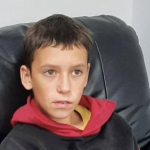
Feedback from Igor, David’s father (12 years old) Read More
